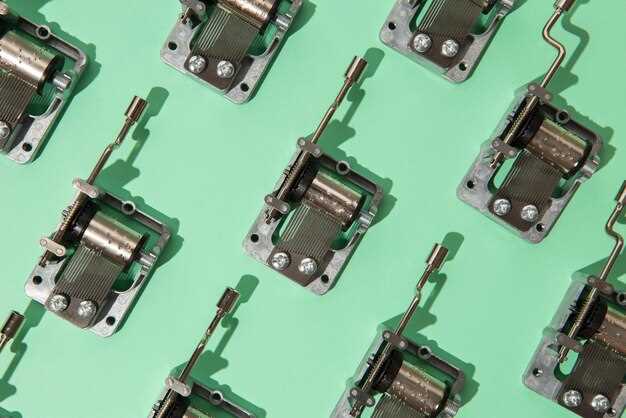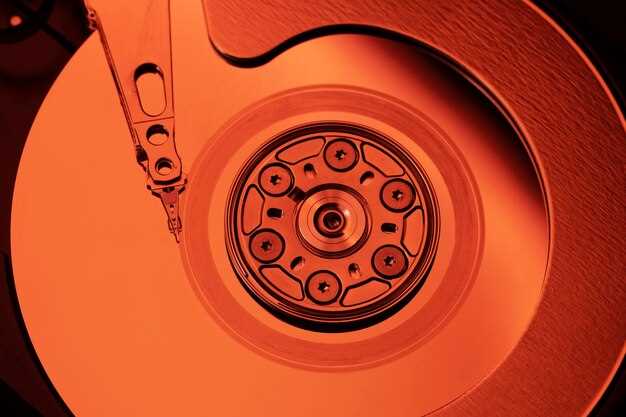The role of VIN numbers in car part compatibility

The Vehicle Identification Number (VIN) is a crucial element in the automotive world, serving as a unique identifier for each vehicle. Comprising 17 characters, the VIN encodes vital information about your auto, such as the manufacturer, model, year of production, and engine type. This unique string of letters and numbers becomes indispensable when it comes to sourcing compatible parts for repairs or upgrades.
When looking for replacement parts for your vehicle, understanding the VIN can significantly enhance your chances of finding the right components. Each VIN is specific to a particular vehicle, meaning that parts designed for one model may not necessarily fit another, even if they appear similar. By referencing the VIN, you can ensure that the parts you purchase are tailored for your specific auto, minimizing the risk of fitment issues and costly returns.
Moreover, many manufacturers and automotive retailers utilize VINs to streamline the compatibility check process. Using the VIN, you can quickly determine whether a specific part is compatible with your car, based on its specifications and requirements. This understanding not only aids in making informed purchasing decisions but also helps maintain the integrity and performance of your vehicle over time.
Decoding Your VIN: Finding Key Information for Auto Parts

The Vehicle Identification Number (VIN) is a crucial element in determining the compatibility of auto parts for your vehicle. It is a unique 17-character code assigned to every vehicle, providing essential information about the car’s make, model, year of manufacture, and specific features.
The first character of the VIN indicates the nation of origin, revealing where your vehicle was manufactured. The next character specifies the manufacturer, which is vital in identifying whether parts from other vehicles or brands will fit. The third character, combined with the first two, denotes the vehicle type or division.
The fourth to eighth characters contain information about the vehicle model, body style, engine type, and other attributes. This section is particularly important when searching for compatible auto parts, as it provides details like the engine specifications, which can affect the interchangeability of components.
The ninth character is a security code, ensuring the VIN is valid. The tenth character represents the model year, essential for finding parts that match the correct specifications. The eleventh character indicates the assembly plant, which can give insights into factory-specific components. Finally, the last six characters serve as the unique serial number of the vehicle.
By decoding your VIN, you can access a wealth of information that aids in identifying the right auto parts. Many online resources and databases offer VIN decoding services, allowing you to quickly obtain the specifications needed for accurate part selection.
Understanding your VIN is a powerful tool when it comes to maintaining your vehicle. With the correct information, you can ensure that you are purchasing compatible auto parts that meet the specific needs of your car.
Using VIN to Ensure Correct Fitment of Replacement Parts

Vehicle Identification Number (VIN) is crucial for identifying specific details about a vehicle, enabling car owners and mechanics to select appropriate auto parts. Each VIN is unique to a vehicle, encoded with information such as manufacturer, model, year of production, and engine specifications. By utilizing the VIN, you can ensure compatibility when replacing parts, minimizing the risk of mismatches.
When searching for replacement parts, simply inputting the VIN into an online parts database or providing it to a dealer facilitates accurate identification of compatible items. This process takes into account variations within the same vehicle models, such as engine types or optional features, which can greatly affect part compatibility.
Using the VIN not only helps in sourcing the right auto parts but also enhances the overall efficiency of repairs and maintenance. Parts that are specifically matched to a vehicle ensure better performance, longevity, and safety, ultimately saving time and money. Always keep your VIN handy for quick reference when purchasing parts or consulting with professionals.
Common Mistakes When Interpreting VIN for Auto Parts Compatibility
Interpreting a Vehicle Identification Number (VIN) is crucial for ensuring the compatibility of auto parts. However, several common mistakes can lead to incorrect assumptions and ultimately result in poor purchasing decisions.
One frequent error is overlooking the specific character positions in the VIN. Each section provides vital information about the vehicle’s specifications. For example, the 10th character indicates the model year, while the 11th character signifies the manufacturing plant. Misreading these details can cause buyers to select inappropriate parts.
Another common mistake is assuming that all parts from similar models are interchangeable. Even when the VINs of two vehicles appear closely related, minor variations can exist in components such as engines, transmissions, or electronic systems. Always cross-check compatibility based on the VIN.
Some individuals may also ignore the importance of complete VIN accuracy. A missing character can lead to entirely different vehicle classifications and, consequently, incompatible parts. It is vital to ensure every character is accounted for when researching or ordering components.
Additionally, relying solely on online databases for VIN interpretation can be misleading. These resources may not always account for unique vehicle modifications or regional differences in production. Consulting a professional or using manufacturer-specific resources can prevent errors.
Finally, many overlook the importance of verifying the part’s manufacturer specifications against the VIN. Different manufacturers may produce similar parts that are not universally compatible. Ensuring that the part matches both the manufacturer’s recommendations and the VIN is key to achieving desired results.

